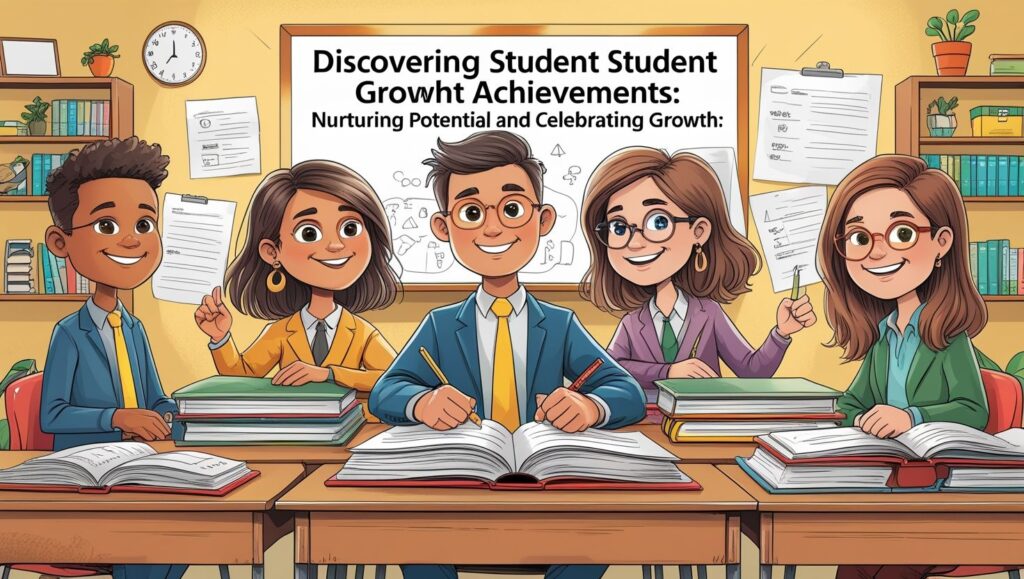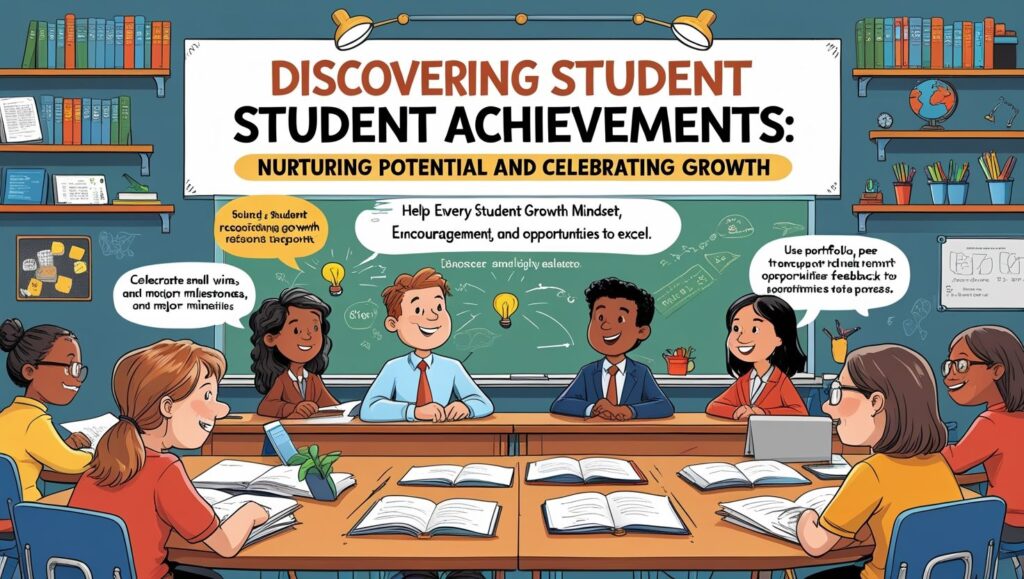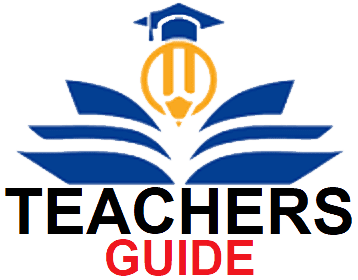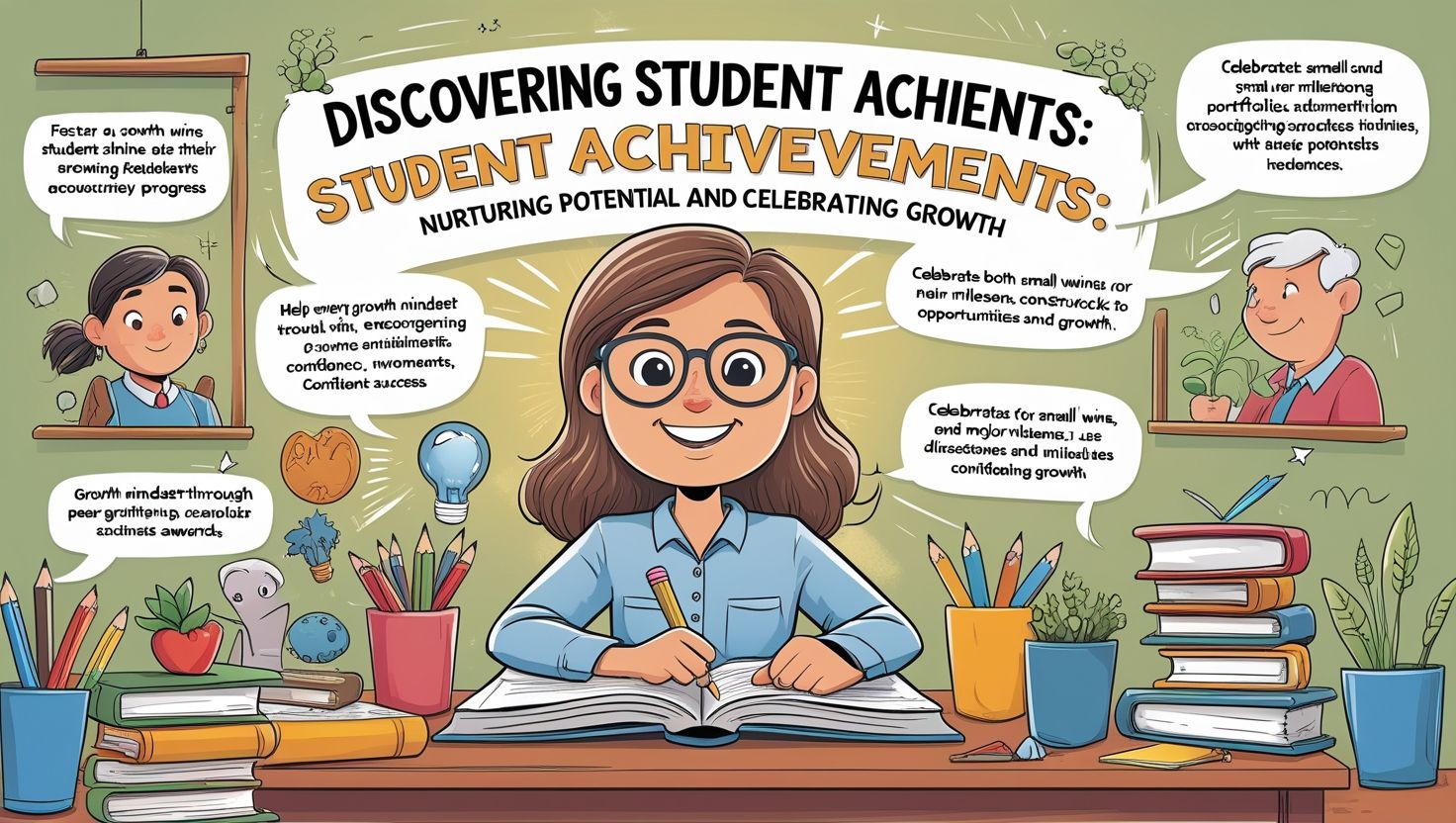Introduction
Discovering Student Achievements and Celebrating Growth, Student achievement is often narrowly defined through test scores and academic performance, but true achievement encompasses a much broader spectrum. It includes personal growth, development of skills, resilience, creativity, social contributions, and moral values. Discovering student achievements means recognizing the multifaceted progress that learners make throughout their educational journey. This discovery is essential not only for evaluating academic success but also for nurturing potential, boosting confidence, and guiding future goals.
In an era focused increasingly on holistic education, educators and parents must look beyond the surface to identify and celebrate each student’s unique accomplishments. This article explores the concept of student achievements, the importance of discovering them, methods to uncover hidden talents and successes, and strategies to foster a culture that values diverse accomplishments.
What Constitutes Student Achievement?
Traditionally, student achievement has been associated with:
- High grades and test scores
- Academic awards
- Scholarships and recognitions
However, a more inclusive definition recognizes:
- Artistic and creative expression
- Leadership and teamwork
- Progress in personal development
- Overcoming adversity
- Contributions to school or community
- Emotional intelligence and empathy
Discovering these achievements requires a broader lens that appreciates both visible successes and subtle indicators of growth.
Why Discovering Student Achievements Matters
1. Boosts Self-Esteem and Confidence
Recognition of achievements motivates students and reinforces their belief in their abilities. It helps them take pride in their efforts and encourages further growth.
2. Promotes Holistic Development
Focusing solely on academics can ignore strengths in other areas. Recognizing a range of achievements supports emotional, social, and moral development.
3. Identifies Strengths and Interests
Teachers and parents who notice emerging skills can guide students toward suitable academic paths, hobbies, and future careers.
4. Encourages Inclusivity and Equity
When schools acknowledge achievements beyond traditional academics, students from diverse backgrounds and learning styles feel valued and included.
5. Strengthens Teacher-Student Relationships
When educators take the time to discover and celebrate students’ personal milestones, it builds trust and deepens classroom connections.
Areas Where Achievements Can Be Discovered
1. Academic Excellence
While still important, academic success should be seen in relative terms. Improvement in performance, critical thinking, curiosity, and application of knowledge are key indicators.
2. Creative Expression
Achievements in music, art, dance, writing, or drama often go unnoticed in academic-focused environments. Recognizing these can be transformative for students.
3. Social Skills and Leadership
Students who take initiative, mediate conflicts, or help others demonstrate achievements in leadership and empathy.
4. Athletic Involvement
Participation and progress in sports reflect discipline, teamwork, and physical growth.
5. Personal Growth
Achievements in this category include developing confidence, improving behavior, or overcoming a personal challenge.
6. Civic Engagement
Volunteer work, environmental activism, or involvement in community service projects are significant accomplishments deserving recognition.

Methods of Discovering Student Achievements
1. Observation and Interaction
Educators should observe students beyond the classroom setting—during sports, arts, recess, or group work. Informal conversations often reveal personal interests and accomplishments.
2. Portfolios
Student portfolios allow learners to collect and showcase their best work across subjects and activities. They reveal progress over time and reflect diverse strengths.
3. Student Self-Assessment
Encouraging students to reflect on their goals, challenges, and achievements helps them take ownership of their growth.
4. Peer Feedback
Peers can often identify qualities or successes that teachers may overlook. Structured feedback sessions promote mutual respect and understanding.
5. Parent Collaboration
Parents can provide insights into students’ achievements outside school, such as community service, hobbies, or personal growth milestones.
6. Surveys and Interest Inventories
These tools help identify students’ passions, learning styles, and strengths, which are crucial for discovering potential.
Strategies to Encourage and Recognize Achievements
1. Celebration Rituals
Establish routines like “Student of the Week,” bulletin board features, or monthly assemblies to highlight various types of achievements.
2. Achievement Journals
Encourage students to maintain journals where they document small victories, from mastering a skill to helping a friend.
3. Digital Recognition
Use digital platforms and social media to share achievements with the school community, with proper privacy considerations.
4. Mentorship Programs
Pairing students with mentors can help them set goals, discover their talents, and stay motivated through positive reinforcement.
5. Inclusive Award Systems
Design awards that celebrate diverse skills, such as “Creative Thinker Award,” “Kindness Ambassador,” or “Most Improved.”
Role of Teachers in Discovering Achievements
Teachers are central to identifying and nurturing student achievements. They can do this by:
- Creating a supportive environment where all contributions are valued.
- Using differentiated instruction to allow students with varied abilities to shine.
- Providing constructive feedback that highlights strengths.
- Encouraging goal-setting and celebrating progress.
- Avoiding comparisons and recognizing individual growth paths.
A teacher who looks beyond the gradebook becomes a guide and advocate for every student’s success.
Role of Parents and Guardians
Parental support is vital in recognizing and reinforcing achievements. Parents can:
- Engage in regular communication with teachers.
- Attend school events and celebrate student efforts.
- Encourage participation in extracurricular activities.
- Help children reflect on their achievements and set new goals.
- Model recognition and appreciation of hard work.
Together with educators, parents help create a unified support system for student growth.

Case Studies: Real-Life Impact of Recognizing Achievements
Case 1: The Quiet Artist
A shy student, often reserved during discussions, expressed herself through detailed drawings. Her art was included in the school newsletter, and soon she was leading an art club, building confidence and a sense of belonging.
Case 2: The Struggling Reader
A student with reading difficulties showed remarkable progress after consistent effort. Instead of focusing on test scores, the teacher celebrated his perseverance and improvement with a classroom award, motivating him to keep going.
Case 3: The Peer Leader
A student who helped classmates resolve conflicts and supported new students was recognized with a leadership badge. Her empathy became a valued part of the classroom culture.
Overcoming Challenges in Discovering Student Achievements
1. Bias Toward High Achievers
Schools must ensure that attention is not disproportionately given to top-performing students while ignoring quiet or struggling learners.
2. Time Constraints
Large class sizes and busy schedules can make it difficult to focus on individual achievements. Small changes, like brief weekly check-ins, can help.
3. Lack of Awareness
Educators may not always be trained to recognize non-academic achievements. Professional development can bridge this gap.
4. Cultural and Socioeconomic Differences
Students from different backgrounds may show achievements in unique ways. Sensitivity and inclusivity are essential in appreciating diverse strengths.
The Future of Recognizing Student Achievements
As education moves toward a more personalized and student-centered approach, the importance of discovering and celebrating student achievements will only grow. Future trends may include:
- Digital Portfolios: AI-assisted tools that track student progress and suggest achievements.
- Holistic Report Cards: Reports that include social, emotional, and creative achievements alongside academics.
- Student-Led Conferences: Where students present their learning journey to teachers and parents.
- Recognition through Technology: Gamified achievements, badges, and progress dashboards to motivate learners.
These innovations aim to transform how schools perceive success, valuing growth, effort, and character as much as grades.
Conclusion
Discovering student achievements is a vital aspect of modern education. It involves recognizing diverse forms of success, from academic excellence to personal growth, and using that knowledge to inspire, motivate, and guide learners. By fostering a culture that values all accomplishments, educators empower students to explore their potential, develop confidence, and become lifelong learners.
Every student has something valuable to offer, and it is the responsibility of schools, teachers, and parents to find, nurture, and celebrate those unique contributions. In doing so, we not only help students succeed in school—we help them thrive in life.
References
- Tomlinson, C. A. (2014). The Differentiated Classroom: Responding to the Needs of All Learners. ASCD.
- Brookhart, S. M. (2013). How to Create and Use Rubrics for Formative Assessment and Grading. ASCD.
- Dweck, C. S. (2006). Mindset: The New Psychology of Success. Random House.
- Hattie, J. (2009). Visible Learning: A Synthesis of Over 800 Meta-Analyses Relating to Achievement. Routledge.
- Guskey, T. R. (2003). How Classroom Assessments Improve Learning. Educational Leadership, 60(5), 6–11.


2dj48o